Market
Solana’s Anatoly Yakovenko Doubts the Need for Layer-2 Networks


Anatoly Yakovenko, co-founder of Solana, ignited a fresh debate on blockchain scalability by dismissing the necessity of Layer-2 (L2) solutions.
This adds to the greater discourse about L2 networks, with key industry leaders in the space taking notice.
Solana Founder Says There’s No Reason to Build L2
Yakovenko responded to Ethereum builder rip.eth’s claim that L2s are inherently faster, cheaper, and more secure than Layer-1 (L1) blockchains. They argued that L2s avoid the high costs and consensus risks of maintaining a full-fledged L1.
Citing the example of Eclipse, a Solana Virtual Machine (SVM)-based L2 leveraging Ethereum for security, rip.eth contended that L2s could deliver the best of both worlds: Solana’s speed combined with Ethereum’s decentralized security.
However, Yakovenko dismissed this, asserting that Solana’s L1 already provides sufficient scalability without needing an L2. The Solana executive countered, arguing that L1s can achieve those efficiencies without L2 complexity.
“There is no reason to build an L2. L1s can be faster, cheaper, and more secure,” Yakovenko stated.
He pointed out that L2s face trade-offs due to reliance on an L1’s data availability stack, fraud proofs, and upgrade multisigs. In his opinion, all these introduce additional security concerns.
The conversation quickly expanded beyond L1 vs. L2 efficiency. A user, Marty McFly, raised concerns about blockchain scalability, questioning what happens when the amount of data stored on-chain grows exponentially.
Yakovenko responded that Solana currently generates around 80 terabytes of data per year. He said this is relatively small in a business context but large for individual storage. Alan, an advocate for decentralization, questioned Solana’s approach to managing unused storage, given that its state rent mechanism is inactive.
“What is Solana’s plan to offload unused storage given the current state rent mechanism is not turned on,” posed Alan.
Yakovenko clarified that Solana’s ledger will be stored on decentralized solutions like Filecoin (FIL). He indicated that offloading historical blockchain data to external storage providers is part of Solana’s long-term plan.
Shifting Trends in Layer-2 Adoption
Yakovenko’s argument against L2s comes at a time when Ethereum is experiencing significant changes in its transaction fee model. BeInCrypto reported a decline in Ethereum transaction fees, suggesting that L2 adoption has helped reduce users’ costs. This trend challenges the notion that L1 blockchains alone can meet all scalability needs without L2 enhancements.
Additionally, Binance’s founder, Changpeng Zhao, recently sparked a debate on whether artificial intelligence (AI) projects should be built on L1 or L2 solutions. The discussion mirrored Yakovenko’s and rip.eth’s arguments, highlighting the ongoing industry divide over where future blockchain-based AI applications should reside.
Meanwhile, Ethereum co-founder Vitalik Buterin recently weighed in on L2 sustainability. Six months ago, he predicted that some L2 networks would fail, emphasizing that many projects are unsustainable due to economic and security constraints.
However, just two months ago, Buterin outlined a roadmap to scale Ethereum’s L1 and L2 protocols in 2025, acknowledging that both layers will contribute to its growth.
“We need to continue building up the technical and social properties, and the utility, of Ethereum,” Buterin wrote.
Yakovenko’s firm stance against L2s highlights the growing divergence in blockchain scaling strategies. While Solana aims to push L1 scalability to its limits, Ethereum continues to develop both L1 and L2 solutions to achieve a balanced approach.
Disclaimer
In adherence to the Trust Project guidelines, BeInCrypto is committed to unbiased, transparent reporting. This news article aims to provide accurate, timely information. However, readers are advised to verify facts independently and consult with a professional before making any decisions based on this content. Please note that our Terms and Conditions, Privacy Policy, and Disclaimers have been updated.
Market
South Carolina Could Spend 10% of Funds on Bitcoin Reserve
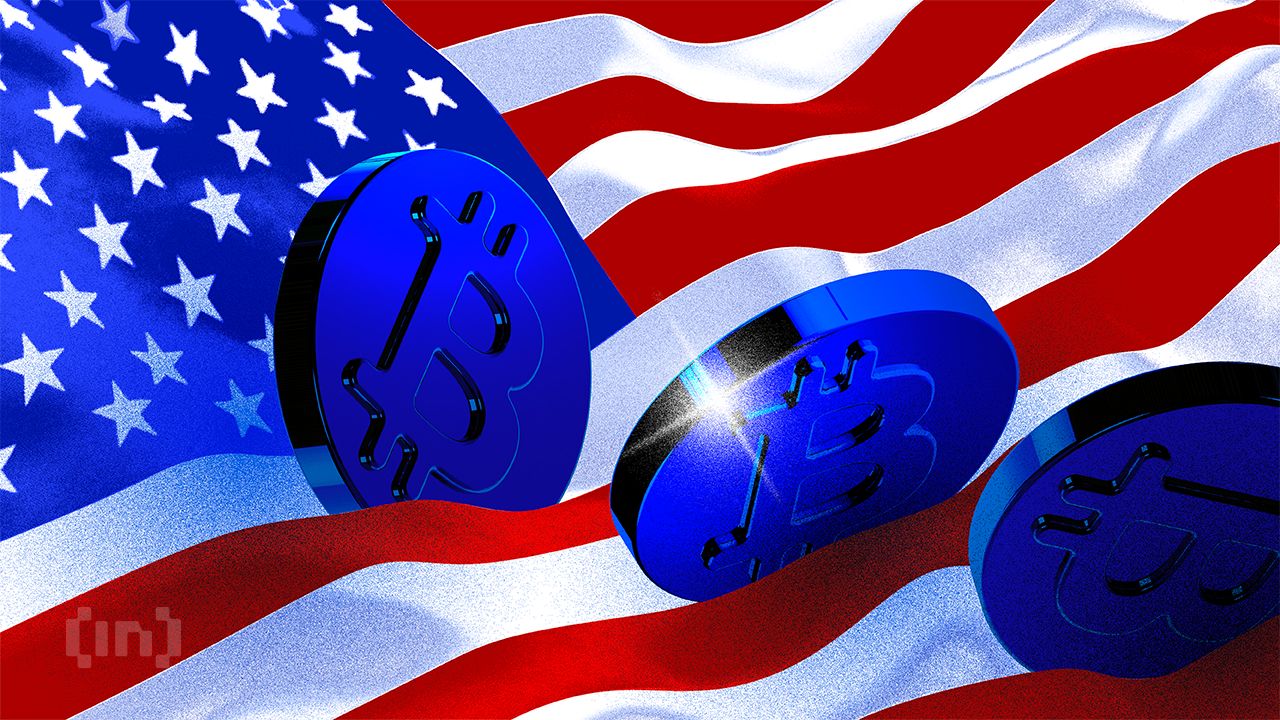
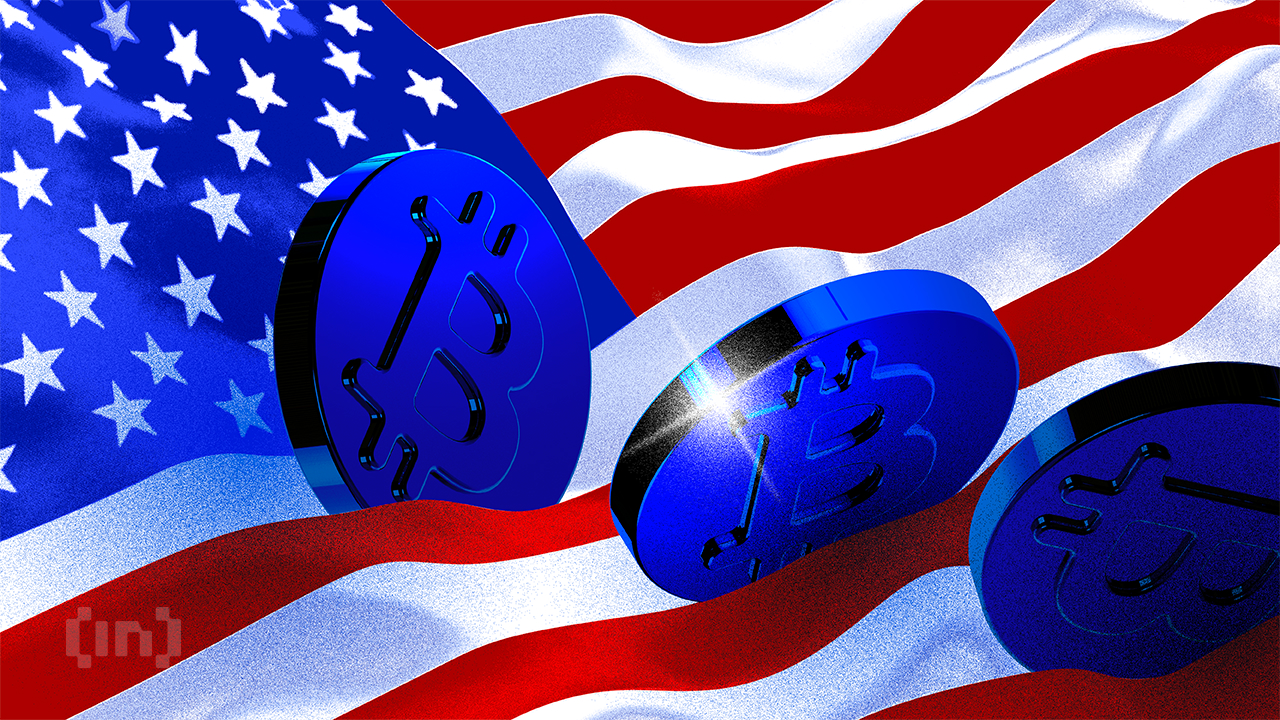
Representative Jordan Pace introduced legislation to create a Bitcoin Reserve for South Carolina, joining a nationwide effort. Currently, nearly half of all US states have an active bill to create a similar Reserve.
However, the talking point that this bill “allows 10% of state funds” in Bitcoin investments is taking off like wildfire. It may scare off fiscal conservatives, which contributed to recent failures.
South Carolina Joins the Bitcoin Reserve Race
Since President Trump announced his intention to create a US Bitcoin Reserve, many state governments have attempted to create smaller models.
In the last month, these efforts have been intensifying, with more and more states joining the effort. Today, South Carolina filed its own Bitcoin Reserve bill, allowing the state to make substantial purchases:
“The State Treasurer may invest in digital assets including, but not limited to, Bitcoin with money that is unexpended, unencumbered, or uncommitted. The amount of money that the State Treasurer may invest in digital assets from a fund specified in this section may not exceed ten precent of the total funds under management,” it reads.
State Representative Jordan Pace proposed South Carolina’s Bitcoin Reserve legislation. He claimed that this bill “gives the Treasurer new tools to protect taxpayer dollars from inflation,” one of crypto’s most well-known use cases. Pace is currently the bill’s only sponsor, and it’s unclear what chances it has of passing.
Still, there may be challenges ahead. Similar proposals in other Republican-led states—like Montana and Wyoming—have already failed. This was largely due to concerns over using public funds to buy cryptocurrency.
Even though Trump backs the idea on a national level, not all GOP lawmakers are convinced at the state level.
That said, there are some signs of progress elsewhere. For example, Texas has advanced its Bitcoin Reserve bill, achieving bipartisan support. A key reason for its success is that the bill doesn’t require the state to make crypto purchases; it simply allows them at the Treasurer’s discretion.
Likewise, South Carolina’s bill wouldn’t force the state to invest 10% of its funds into Bitcoin. It just opens the door for that possibility, giving the state financial flexibility rather than a mandate.
Disclaimer
In adherence to the Trust Project guidelines, BeInCrypto is committed to unbiased, transparent reporting. This news article aims to provide accurate, timely information. However, readers are advised to verify facts independently and consult with a professional before making any decisions based on this content. Please note that our Terms and Conditions, Privacy Policy, and Disclaimers have been updated.
Market
FDIC and CFTC Rescind Old Crypto Guidelines


The FDIC and CFTC have both been working to change previous crypto guidelines. As federal regulators reconcile with the industry, they are removing old rules that specifically target crypto.
The former institution is removing the requirement that banks report crypto business, while the latter holds crypto to the same standards as other industries.
FDIC and CFTC Change Crypto Policies
The FDIC is one of the top financial regulators in the US, and it’s turning over a new leaf. After being one of the principal architects of Operation Choke Point 2.0, it recently began declassifying documents and changing rules that allowed crypto debanking.
Today, the agency is revoking a 2022 directive that impacted banks’ interactions with crypto:
“With today’s action, the FDIC is turning the page on the flawed approach of the past three years. I expect this to be one of several steps the FDIC will take to lay out a new approach for how banks can engage in crypto- and blockchain-related activities in accordance with safety and soundness standards,” said FDIC Acting Chairman Travis Hill.
Specifically, it rescinded a rule that mandated that all banks and institutions under its supervision notify the FDIC of any crypto involvement. The new guideline claims that banks “may engage in permissible crypto-related activities without receiving prior FDIC approval” without enacting any other policies.
Since Gary Gensler left the SEC, all the top US financial regulators have been trying to rework their relationship with crypto. In an apparent coincidence, the CFTC made a very similar move to the FDIC by rescinding two crypto guidelines.
Both of these actions did not establish a new policy; they merely removed the old ones.
Essentially, both of the CFTC’s rule changes are set to ensure that crypto-related derivatives are subject to the same requirements as non-crypto ones. This is somewhat surprising, considering that the industry has typically tried to insist that it necessitates specific regulations.
However, this is largely beside the point. The FDIC and CFTC are both working to remove previous guidelines that opposed the crypto industry.
These institutions will undoubtedly be amenable to creating new ones in the spirit of cooperation. In the meantime, this olive branch can help build a lot of goodwill.
Disclaimer
In adherence to the Trust Project guidelines, BeInCrypto is committed to unbiased, transparent reporting. This news article aims to provide accurate, timely information. However, readers are advised to verify facts independently and consult with a professional before making any decisions based on this content. Please note that our Terms and Conditions, Privacy Policy, and Disclaimers have been updated.
Market
Pi Network (PI) Drops Further Despite Telegram Wallet Deal

Pi Network (PI) has been under heavy selling pressure, with its price down more than 61% over the last 30 days. Despite a recent partnership with the Telegram Crypto Wallet, PI has struggled to regain momentum, as technical indicators remain mostly bearish.
Its BBTrend has been negative for 12 consecutive days, and although the RSI has recovered slightly from oversold levels, it still sits below the neutral 50 mark. With the downtrend firmly intact and critical support levels approaching, PI’s next move will likely depend on whether buyers can step in and reverse the current trajectory.
PI BBTrend Has Been Negative For 12 Days
Pi Network (PI) continues to face bearish pressure, as reflected in its BBTrend indicator, which remains deep in negative territory at -22.34.
This is despite recent headlines about the Telegram Crypto Wallet integrating Pi Network, news that has yet to translate into sustained upward momentum.
The BBTrend hit a recent low of -41 on March 21 and has stayed negative since March 16, marking twelve consecutive days of bearish trend signals. This prolonged weakness highlights the ongoing struggle for buyers to regain control of the market.

BBTrend, or Bollinger Band Trend, is a momentum-based indicator that helps gauge the strength and direction of a trend. Positive BBTrend values indicate bullish momentum, while negative values point to bearish sentiment—the further from zero, the stronger the trend.
With PI’s BBTrend sitting at -22.34, the market remains firmly under bearish influence, even if the worst of the recent downtrend may be easing slightly from its extreme lows.
Unless this trend flips back into positive territory soon, PI’s price could remain under pressure, with buyers staying cautious despite the recent integration news.
Pi Network RSI Has Recovered From Oversold But Still Lacks Bullish Momentum
Pi Network is showing early signs of recovery in momentum, with its Relative Strength Index (RSI) rising to 40.45 after hitting 23.8 just two days ago.
While this rebound suggests a reduction in overselling pressure, PI’s RSI hasn’t crossed above the neutral 50 mark in the past two weeks—highlighting ongoing weakness in bullish conviction.
Despite the slight uptick, the market has yet to see enough strength to shift sentiment meaningfully in favor of buyers. This cautious climb could either lead to a breakout or stall into continued consolidation.

The RSI, or Relative Strength Index, is a momentum oscillator that measures the speed and change of price movements. It ranges from 0 to 100, with values above 70 indicating overbought conditions and those below 30 suggesting the asset is oversold.
With PI’s RSI currently at 40.45, it’s in a neutral-to-bearish zone—no longer extremely oversold but still lacking strong buying pressure.
For a clearer trend reversal, the RSI would likely need to break above 50, which hasn’t happened in two weeks. Thus, the current move is more of a potential bottoming attempt rather than a confirmed shift.
Will PI Continue Its Correction?
PI price is currently trading within a well-established downtrend, as indicated by the alignment of its EMA (Exponential Moving Average) lines—where shorter-term EMAs remain firmly below longer-term ones.
This setup reflects persistent selling pressure, and if the correction continues, PI could revisit key support levels at $0.718, with a potential drop to $0.62 if that floor fails to hold.
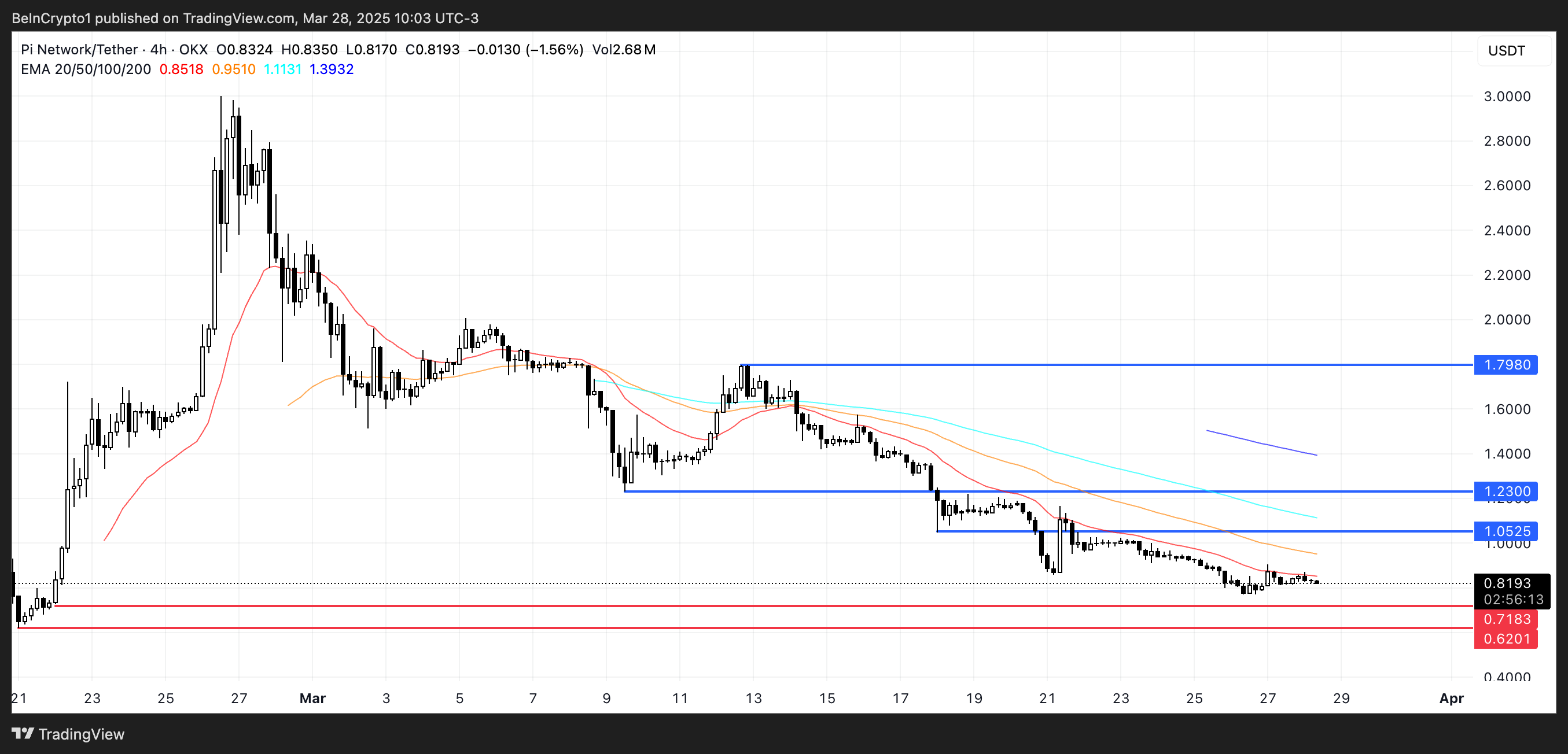
However, recent signs of life in the RSI hint that a short-term rebound might be brewing, offering some hope for a recovery.
If bullish momentum builds, PI could challenge resistance at $1.05 in the near term. A breakout above that level would shift sentiment and open the door for further gains, with $1.23 and even $1.79 as potential targets if the uptrend strengthens.
Disclaimer
In line with the Trust Project guidelines, this price analysis article is for informational purposes only and should not be considered financial or investment advice. BeInCrypto is committed to accurate, unbiased reporting, but market conditions are subject to change without notice. Always conduct your own research and consult with a professional before making any financial decisions. Please note that our Terms and Conditions, Privacy Policy, and Disclaimers have been updated.
-

 Market24 hours ago
Market24 hours ago$14 Billion in Bitcoin and Ethereum Options Set to Expire Today
-

 Market23 hours ago
Market23 hours agoDogecoin (DOGE) Faces Market Correction—Will Buyers Step Back In?
-
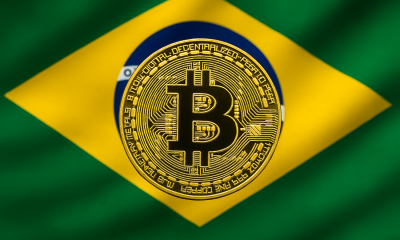
 Bitcoin22 hours ago
Bitcoin22 hours agoStrategic Bitcoin Reserve Proposed by Brazil’s VP Advisor
-

 Market21 hours ago
Market21 hours agoXRP Price Slides Slowly—Is a Bigger Drop Coming?
-
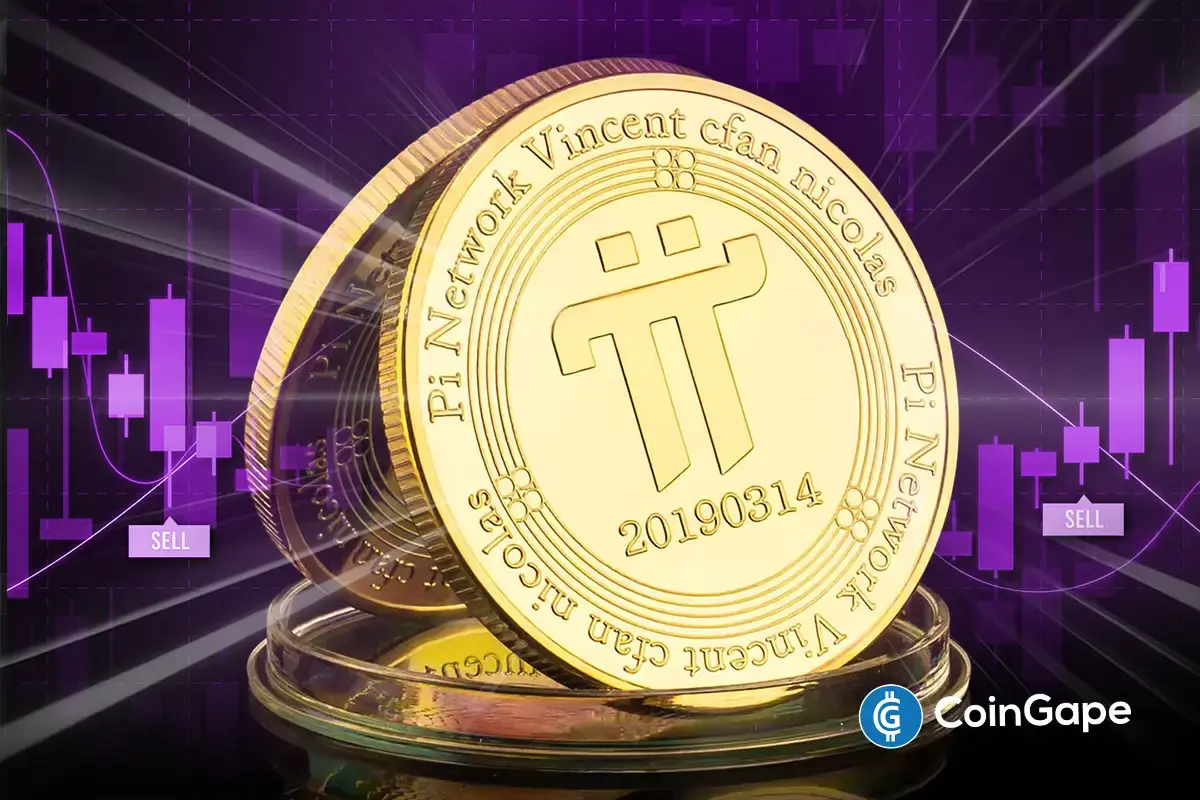
 Altcoin21 hours ago
Altcoin21 hours agoWhy Is Pi Network Coin Price Up 5% Despite Altcoins Market Correction?
-

 Market19 hours ago
Market19 hours agoCoinbase to Rival Binance With BNB Perpetual Futures
-

 Market18 hours ago
Market18 hours agoSatLayer CEO Luke Xie Talks Bitcoin Restaking and DeFi’s Future
-

 Altcoin17 hours ago
Altcoin17 hours agoBlessing or Curse for the Crypto Market?

























